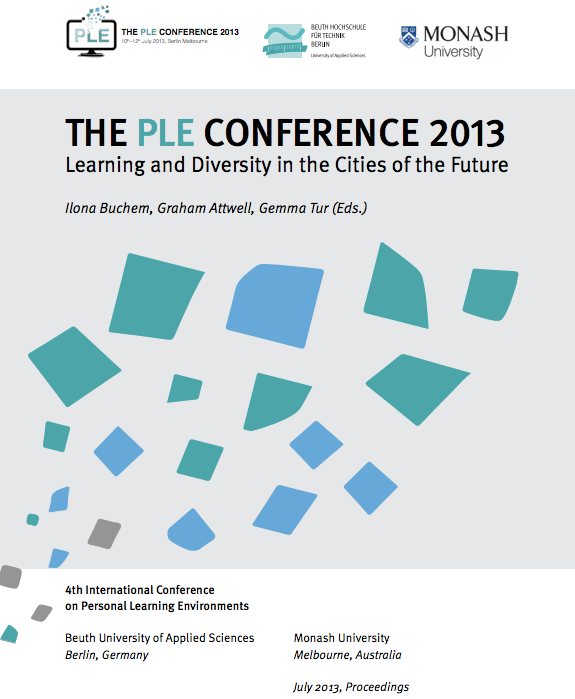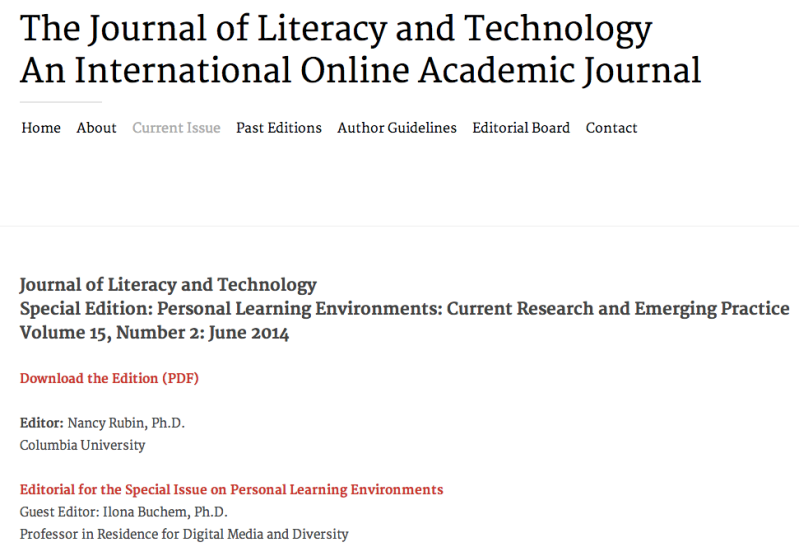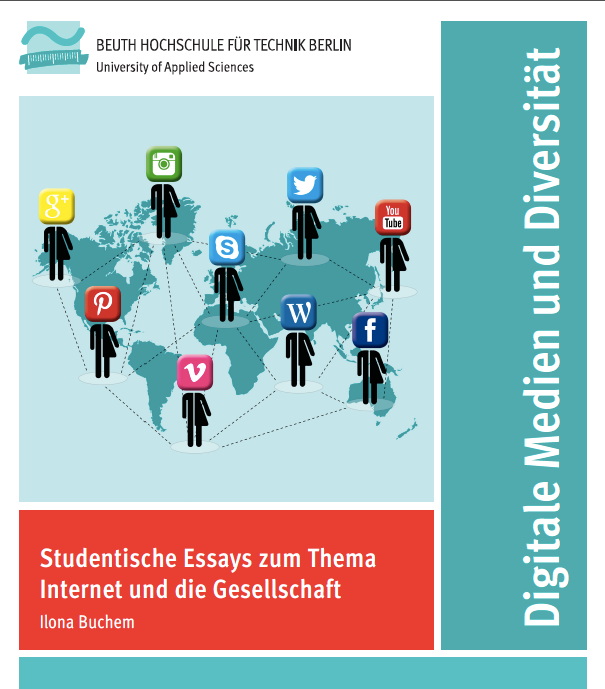Just recently we (Ilona Buchem, Ralf Klamma, Fridolin Wild) have set up a Special Interest Group dedicated to Wearable Technology Enhanced Learning, short: SIG WELL as part of the European Association of Technology Enhanced Learning.
Here is our introduction on Wearable Technology Enhanced Learning:
Wearable technologies – such as smart watches, smart glasses, smart objects, smart earbuds, or smart garments – are breaking the established ground and offer new opportunities. These devices are body-worn, equipped with sensors and conveniently integrate into leisure and work-related activities including physical movements of their users. According to the recent forecasts (e.g. Cisco, Gardner, Deloitte) for 2018, portable technologies, including mobile and wearable devices, will form the basis of personal communications with the global wearable device data traffic increasing by over 60%.
Wearable user interfaces are just starting to transform user experience, improving integration of technologies into everyday life, education, and work. Since wearable technologies are likely to shape the future relationship between humans and computers, it is essential to look beyond the still mostly desktop-driven, narrow perspective of how technologies may enhance learning. We think that the Wearable-technology Enhanced Learning (WELL) is beginning to emerge as one of the earmarks of the transition from the desktop age through the mobile age to the age of wearable, ubiquitous computing.
We are interested in research and development related to wearable technology enhanced learning and are just beginning to collect examples of how wearable technologies can be and are used to support learning. One of my favourite examples is STEMbite in which Google Glass is used to create engaging videos on STEM (Science, Technology, Engineering, Maths).
If you have some good examples, just drop me a comment. Also I will soon blog about my recent research project in this area.




